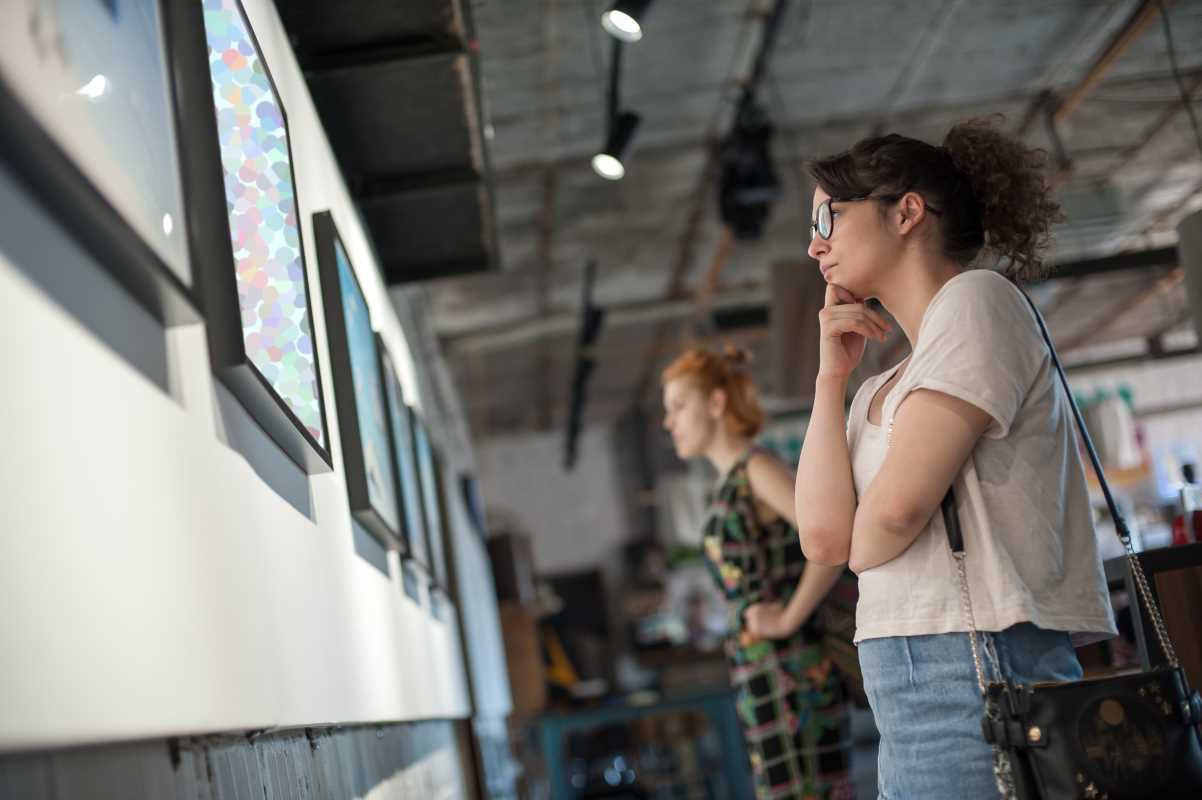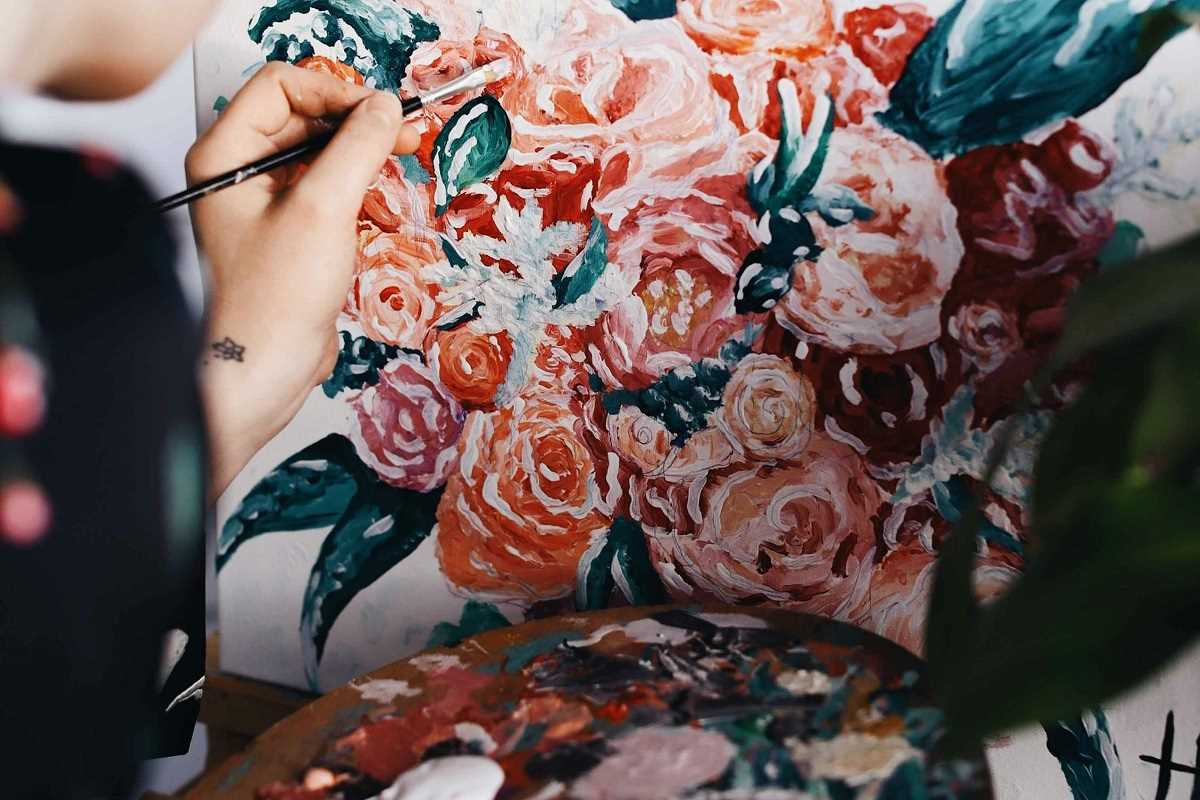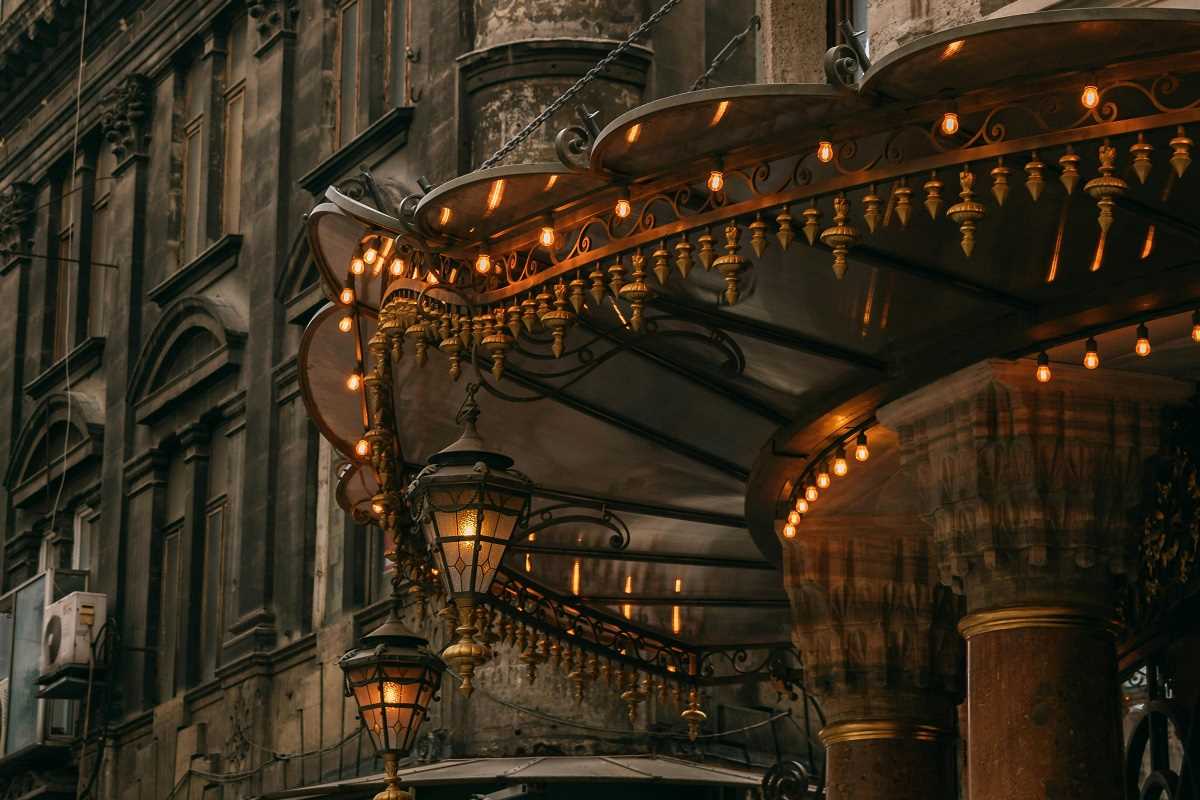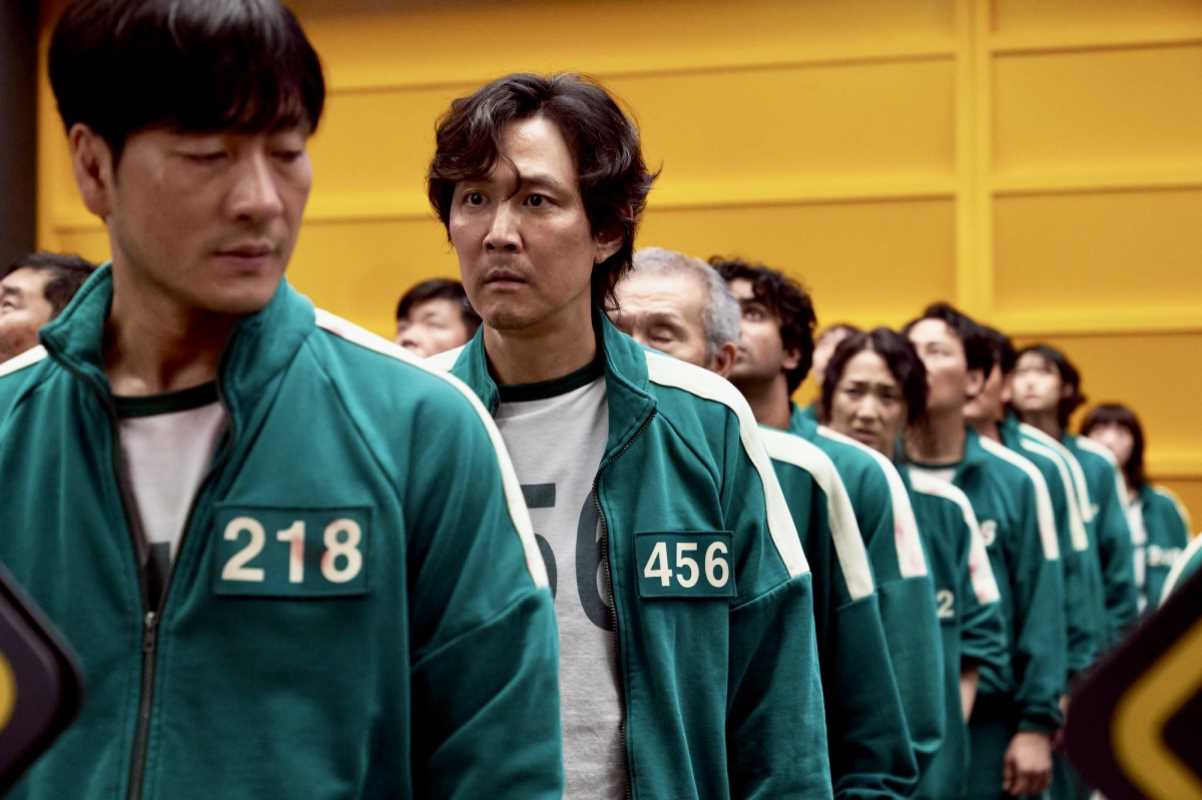Street art, once marginalized as graffiti or vandalism, is now recognized as a dynamic form of cultural expression that shapes urban identity across the globe. It tells the stories of cities and their people, articulates social and political tensions, and celebrates local culture. From colorful murals that adorn aging buildings to politically charged stencils on urban walls, street art has moved into the mainstream, transcending continents and cultures.
Across South America, Europe, North America, Africa, and Asia, this art form is carving a global footprint. Yet, it remains inherently local, reflecting unique cultural, social, and political nuances. Through examples from cities like São Paulo, Berlin, New York, Johannesburg, and Bangkok, we will explore how urban artists connect with their environments and communities, helping to shape the identity of cities in incredibly diverse ways.
South America: São Paulo, Brazil
São Paulo, one of the largest cities in South America, is a sprawling metropolis notorious for its stark social and economic divides. Its urban landscape has become a massive canvas for street artists to express the frustrations and vibrancy of city life. São Paulo is particularly famous for pixação, a uniquely Brazilian form of graffiti characterized by cryptic writing and aggressive public expressions.
Murals across São Paulo reveal the city’s dynamic culture. Internationally acclaimed street artist Eduardo Kobra, who hails from the city, has created stunning works like Etnias, a sprawling piece that celebrates Brazil’s cultural diversity. His vibrant murals often blend themes of cultural pride with environmental issues, addressing both past heritage and future challenges.
What makes São Paulo’s street art stand out is its reverse gentrification effect. Many artistic initiatives have arisen not from tourists or governments but from the neighborhoods themselves. Local communities see the art as a way to reclaim neglected spaces, unify residents, and turn inequality-stricken zones into hubs of beauty and pride.
Europe: Berlin, Germany
Berlin’s street art scene is legendary, embodying a continual commentary on its recent history and evolving cultural identity. From the remnants of the Berlin Wall, now transformed into the world-famous East Side Gallery, to iconic works in districts like Kreuzberg, Berlin’s street art serves as a powerful reminder of its turbulent past and vibrant cultural present.
Much of Berlin’s street art is politically charged, often addressing gentrification, globalization, and immigration. Works by Italian artist Blu, such as his now-erased murals of capitalism’s intrusions into city life, have provoked intense public discussions about Berlin’s identity as a global city. Meanwhile, local artists use small, hidden pieces to voice the anxieties and aspirations of Berliners.
Street art in Berlin is also a major driver of tourism. Walking tours of street art hot spots immerse visitors in the city’s eclectic identity, introducing them to its resilience, diversity, and irreverent humor. This dual purpose—cultural commentary and tourism appeal—ensures that street art remains intrinsic to Berlin’s character.
North America: New York City, USA
When it comes to the origins of modern street art, few cities can rival New York. From the graffiti-covered subway cars of the 1970s to the iconic works of Keith Haring and Jean-Michel Basquiat, New York City established itself as a street art hub decades before the movement gained mainstream acceptance.
Today, neighborhoods like Bushwick in Brooklyn are major focal points for street art culture. The Bushwick Collective, an open-air art gallery spanning city blocks, offers rotating murals by both local and international artists. Themes range from playful designs to hard-hitting social issues like race, inequality, and environmental crises.
New York’s street art blends global and local cultures. The global reputation of NYC attracts international artists who contribute their perspectives, while local artists use the streets to document and respond to the city’s complex challenges. Street art here is also inseparable from the city’s efforts to generate cultural tourism—many murals double as Instagram-famous landmarks, bringing foot traffic to underdeveloped neighborhoods.
Africa: Johannesburg, South Africa
Street art in Johannesburg is deeply intertwined with the socio-political fabric of South Africa. The city’s art critiques apartheid’s lingering effects, celebrates racial pride, and carves out a future-oriented vision of equality and resilience. Johannesburg artists skillfully use public space to showcase the city’s evolving identity.
The vibrant Maboneng Precinct, once a neglected area in the inner city, has become a hub for creativity and expression. Murals here capture themes like economic empowerment, African mythology, and community spirit. Local artist Faith47, whose works explore social justice and universal human themes, is one of the most recognizable faces of South Africa’s street art scene. Her large-scale projects bring texture and thoughtfulness to Johannesburg’s sprawling urban environment.
Street art in Johannesburg also has a strong grassroots role. Beyond the murals commissioned by galleries and brands, smaller-scale works by local artists pop up in marginalized communities, offering residents validation, visibility, and a voice in the public sphere.
Asia: Bangkok, Thailand
Bangkok’s street art scene has blossomed over the past decade, transforming public spaces into vibrant arenas of creativity and dialogue. The city officially embraced urban art with the introduction of the Bukruk Urban Art Festival, a cultural platform that invited international and Thai artists to paint city walls. This festival marked a turning point for Bangkok, showcasing how street art could resonate with its urban evolution.
Themes in Bangkok’s murals often revolve around cultural heritage, rapid urbanization, and political unease. Bangkok-based artist Alex Face, known for his recurring character “Mardi,” creates whimsical yet melancholic images that explore the emotional struggles of city dwellers in a fast-paced world. Another celebrated artist, BON, uses loud, bold patterns to tackle social disparity and environmental concerns.
Bangkok’s street art has also attracted tourism, drawing visitors into neighborhoods that were once less explored. Tours and maps now guide visitors to the most iconic murals, turning the city into an open-air gallery. At the same time, urban artists in Bangkok face challenges from censorship and commercial appropriation, navigating the delicate line between meaningful creation and commodification.
Challenges and Opportunities Across Continents
Despite their geographical differences, street artists in these cities face strikingly similar obstacles. Legal restrictions often force artists into hiding, with street art still viewed as vandalism in some parts of the world.
At the same time, the global rise of street art offers opportunities. Social media platforms like Instagram elevate the visibility of street artists, connecting them to international audiences. Festivals and collaborations allow for the sharing of techniques and themes across cultures.
Street art may be a global phenomenon, but its power lies in its local relevance. Each mural, spray-painted wall, or hidden piece reflects the unique identity of its city and community.
 (Image via
(Image via





.jpg)